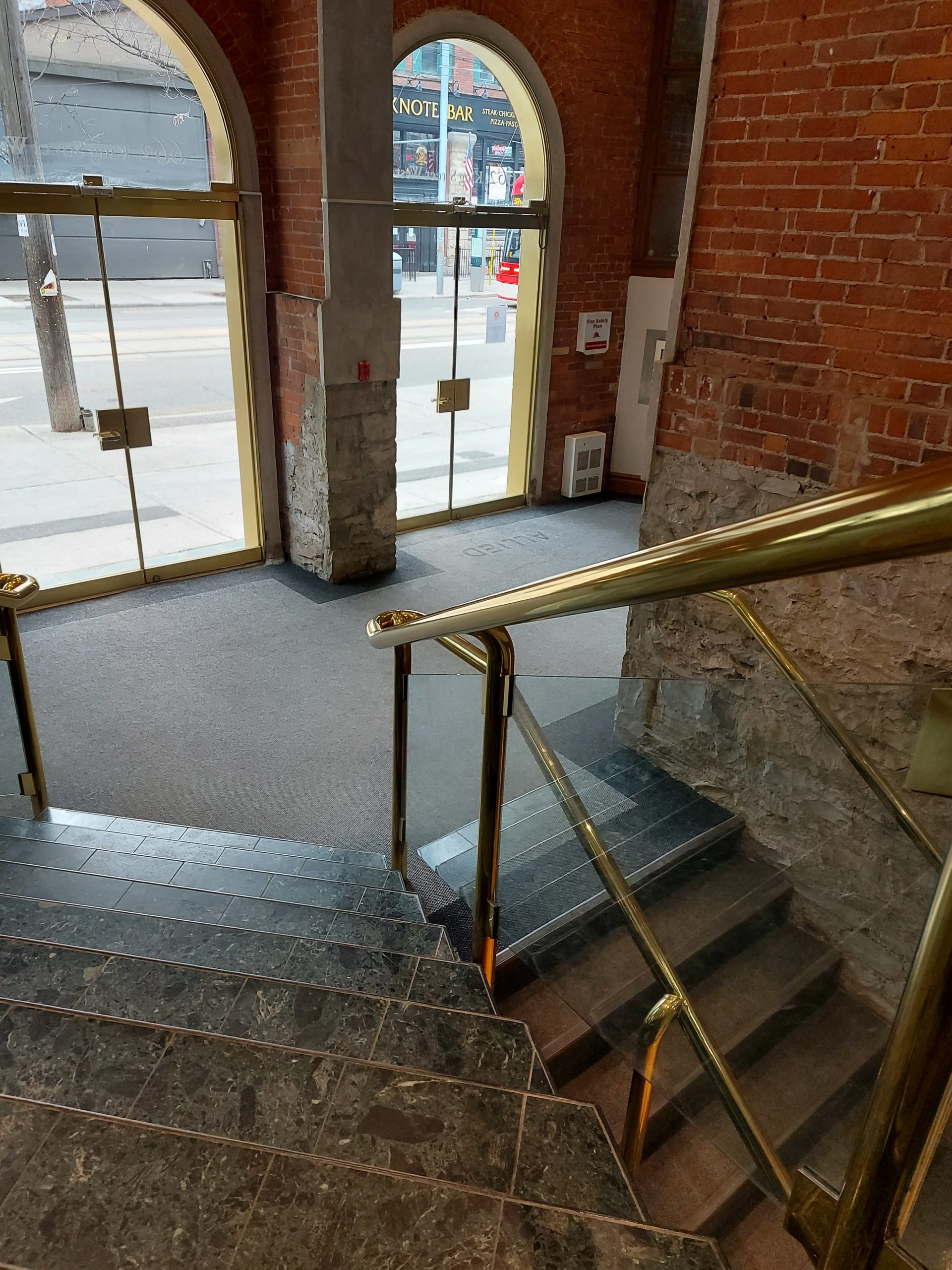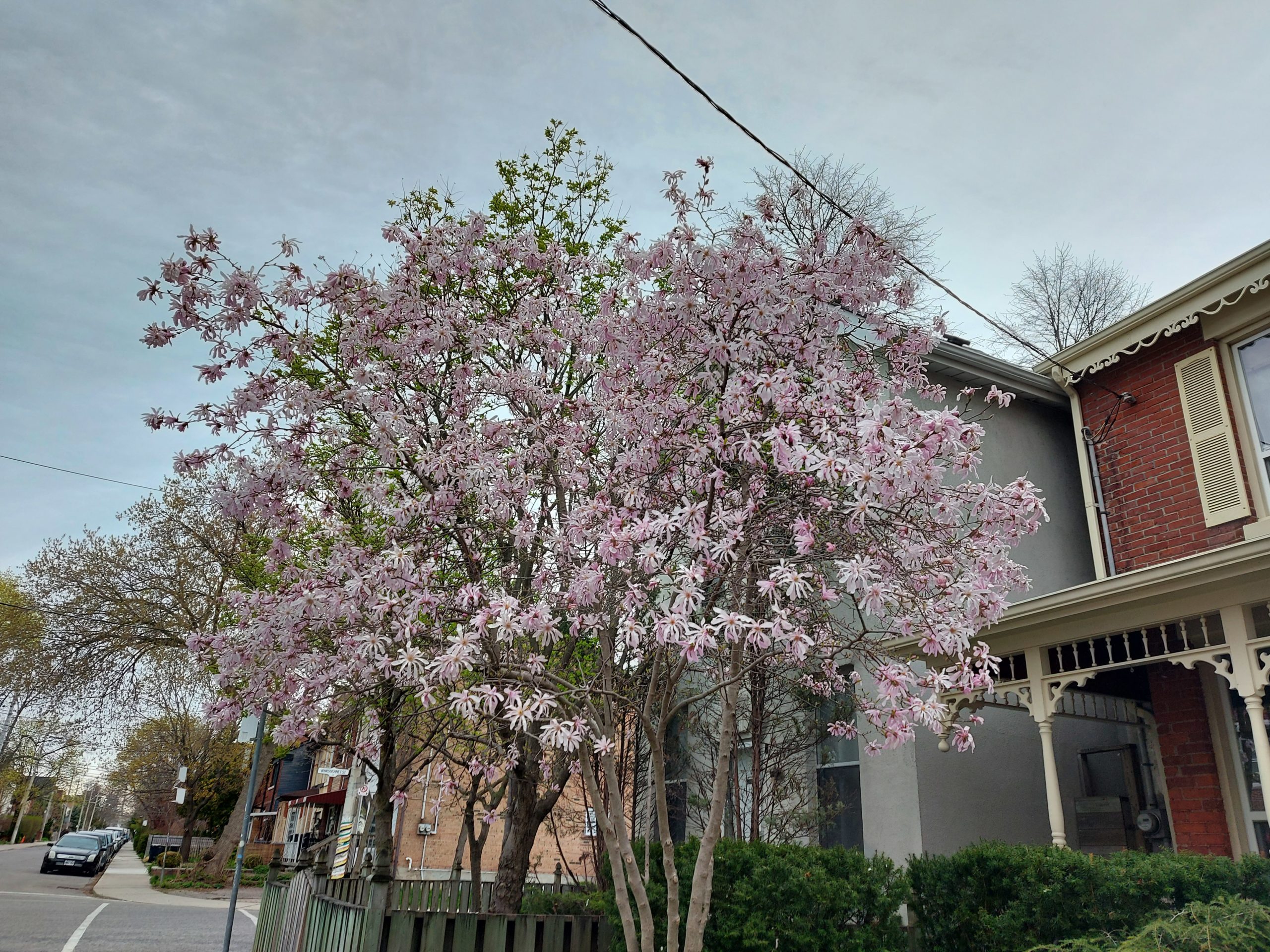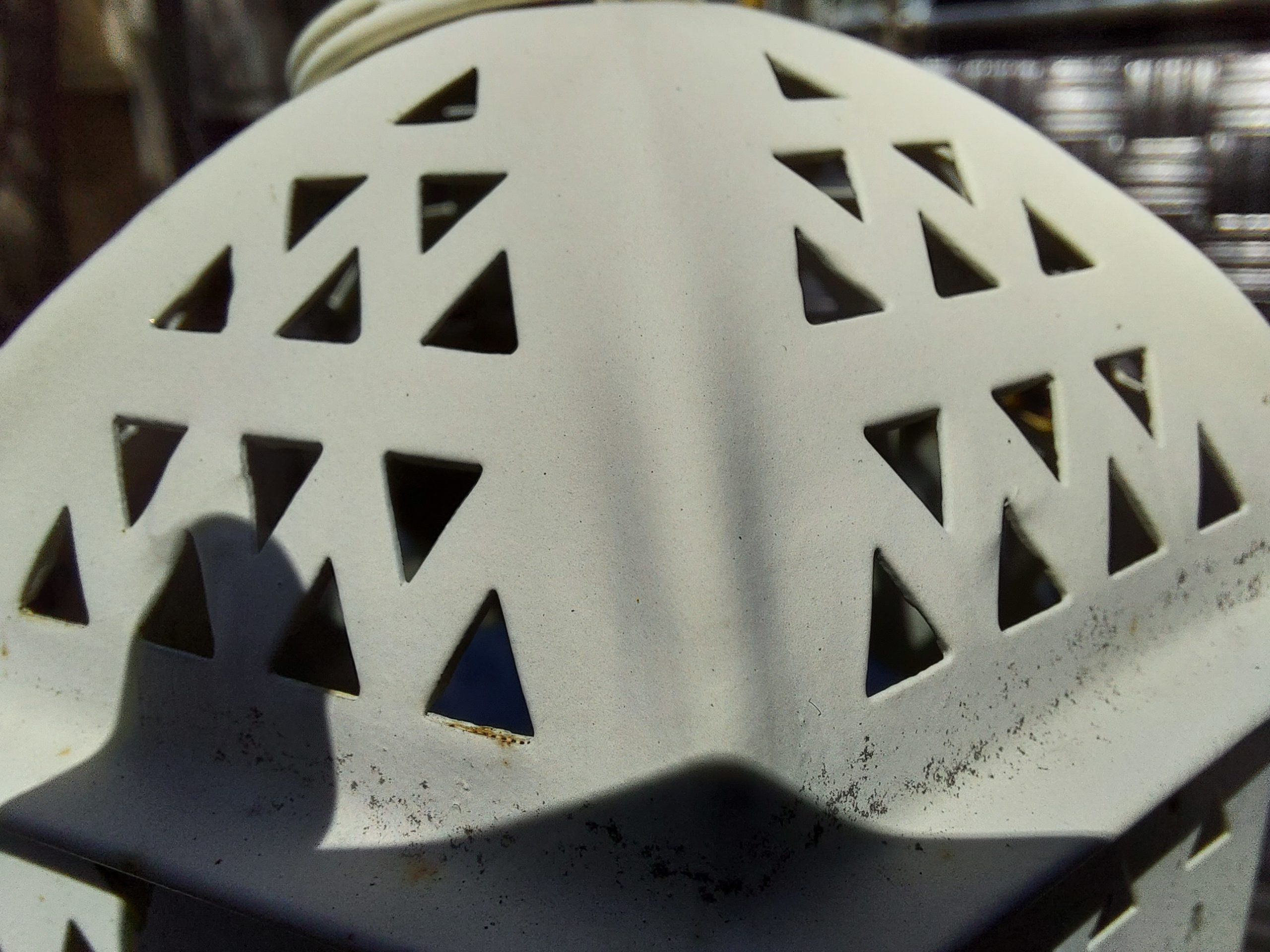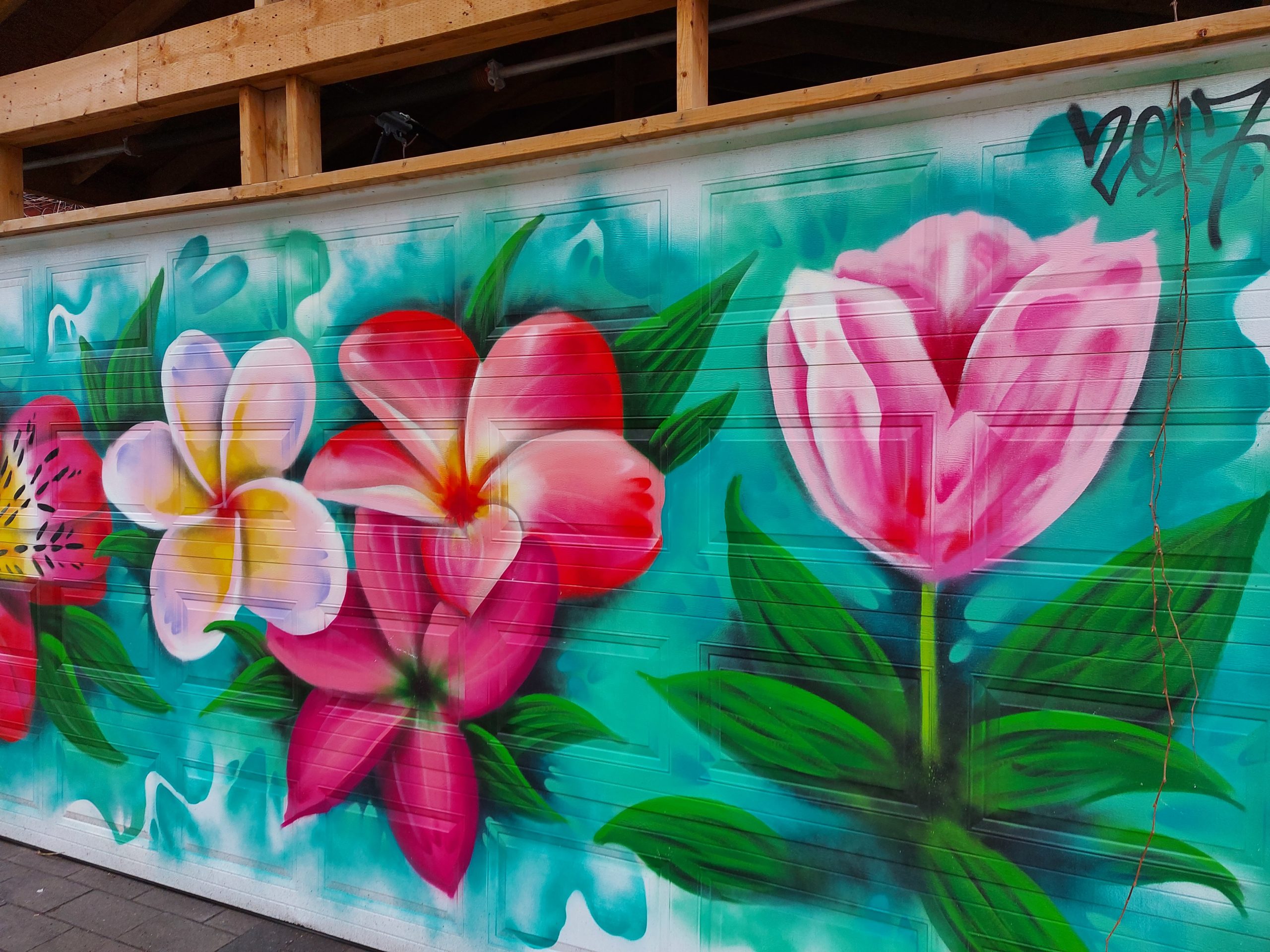
The Pros
- Slick design
- Great battery
- Headphone jack!
The Cons
- Lacks wireless charging
- The camera is good, but not as good as the 3a
- Not so loud speaker
Mid-range smartphones are just getting better and better.
I recently spent some time with LG’s Q70 mid-range handset and found that it was a decent smartphone with a good design, middling specs, and an okay camera. Now, I’m here to talk about what could be the best mid-range handset on the market right now, Samsung’s Galaxy A71.
While I thought the Q70 had an appealing appearance for a mid-range and that it beat out some of LG’s flagships from the past couple of years, in terms of design, the Galaxy A71 takes things one step further.
In some ways, the handset resembles the high-end Galaxy S20 series. Furthermore, the A71 features Qualcomm’s Snapdragon 730, a higher-end mid-range chipset that takes it one step further towards being a solid handset.
Samsung’s Galaxy A71 is what other smartphone manufacturers should strive for when making a “premium” mid-range device, and here’s why.
Samsung Galaxy A71
Display
6.7-inch Super AMOLED, 2,400 x 1,080 pixels, 20:9 aspect ratio
Processor
Snapdragon 730
RAM
6GB of RAM
Storage
128GB
Dimensions (in.)
163.6 x 76 x 7.7mm
Weight
179g
Rear Facing Camera
64-megapixel (f/1.8, wide) + 12-megapixel (f/2.2, ultrawide) + 5-megapixel (f/2.4, macro) + 5-megapixel (f/2.2, depth)
Front Facing Camera
32-megapixel (f/2.2)
OS
Android 10
Battery
4,500mAh
Network Connectivity
GSM/HSPA/LTE
Sensors
Fingerprint (in-display), accelerometor, gyro, proximity, compass`
SIM Type
Nano SIM
Launch Date
December 12, 2020
Misc
Colours: Prism Black
Display
Samsung Galaxy A71
6.7-inch Super AMOLED, 2,400 x 1,080 pixels, 20:9 aspect ratio
Processor
Samsung Galaxy A71
Snapdragon 730
RAM
Samsung Galaxy A71
6GB of RAM
Storage
Samsung Galaxy A71
128GB
Dimensions (in.)
Samsung Galaxy A71
163.6 x 76 x 7.7mm
Weight
Samsung Galaxy A71
179g
Rear Facing Camera
Samsung Galaxy A71
64-megapixel (f/1.8, wide) + 12-megapixel (f/2.2, ultrawide) + 5-megapixel (f/2.4, macro) + 5-megapixel (f/2.2, depth)
Front Facing Camera
Samsung Galaxy A71
32-megapixel (f/2.2)
OS
Samsung Galaxy A71
Android 10
Battery
Samsung Galaxy A71
4,500mAh
Network Connectivity
Samsung Galaxy A71
GSM/HSPA/LTE
Sensors
Samsung Galaxy A71
Fingerprint (in-display), accelerometor, gyro, proximity, compass`
SIM Type
Samsung Galaxy A71
Nano SIM
Launch Date
Samsung Galaxy A71
December 12, 2020
Misc
Samsung Galaxy A71
Colours: Prism Black
The S20-like design
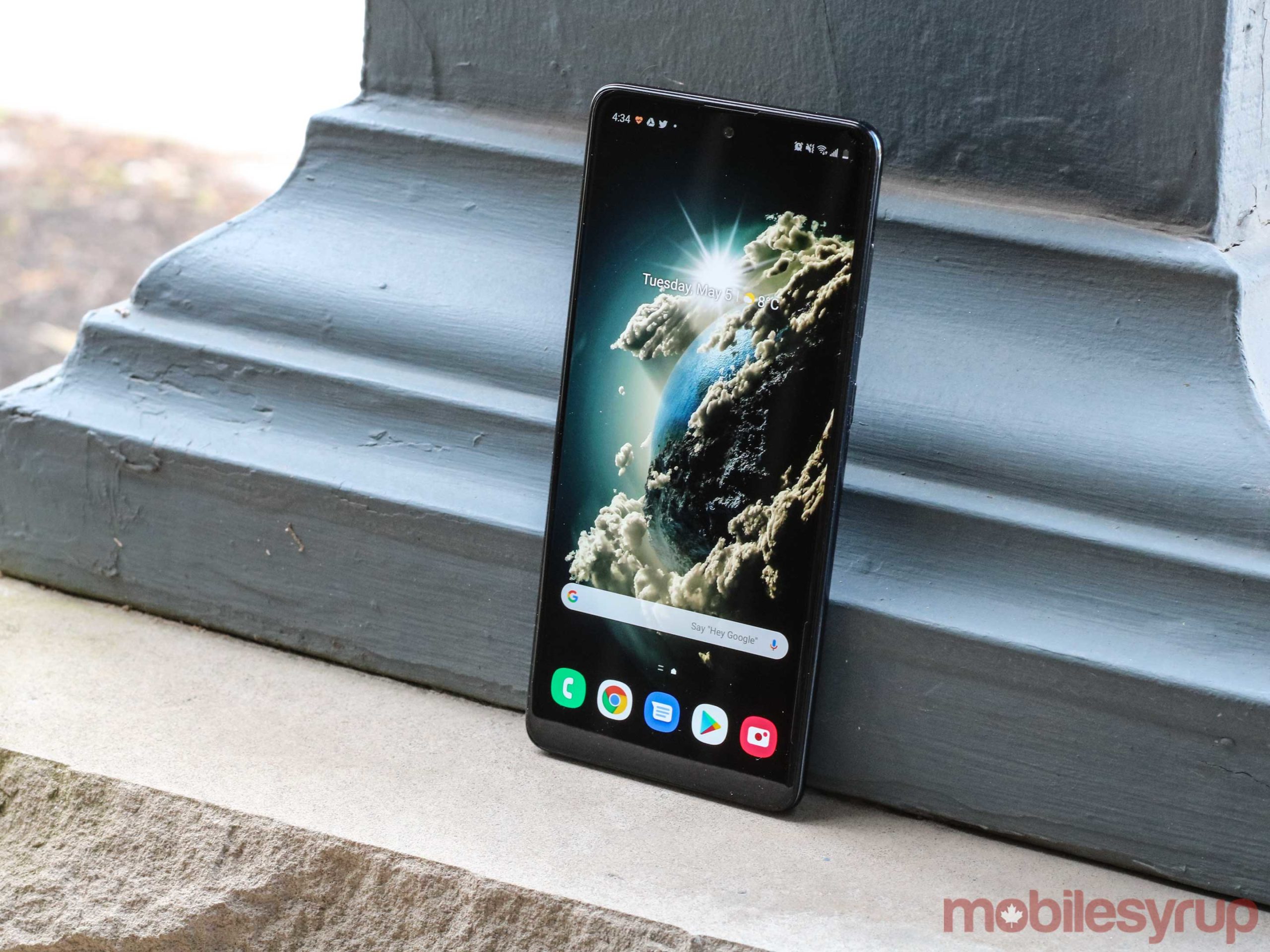
The Galaxy A71 is, first and foremost, a very attractive device.
Take the Galaxy S20 and get rid of the curved display and you have the Galaxy A71. I like curved screens, so I’m sad that this phone lacks one. And even though there is a tiny bezel surrounding the device, the handset still looks stellar.
The mid-range smartphone features a small hole-punch selfie shooter at the top that’s centred like the S20 series, and it sports a front-facing fingerprint scanner like the flagship. However, the phone uses an optical scanner instead of an ultrasonic fingerprint scanner. This means the A71’s scanner could technically be tricked but offers a slightly quicker response time. It’s worth noting that I encountered an instance where my fingerprint didn’t work and it was easier to use my passcode, an issue that never occurred during my time with the Galaxy S20+.
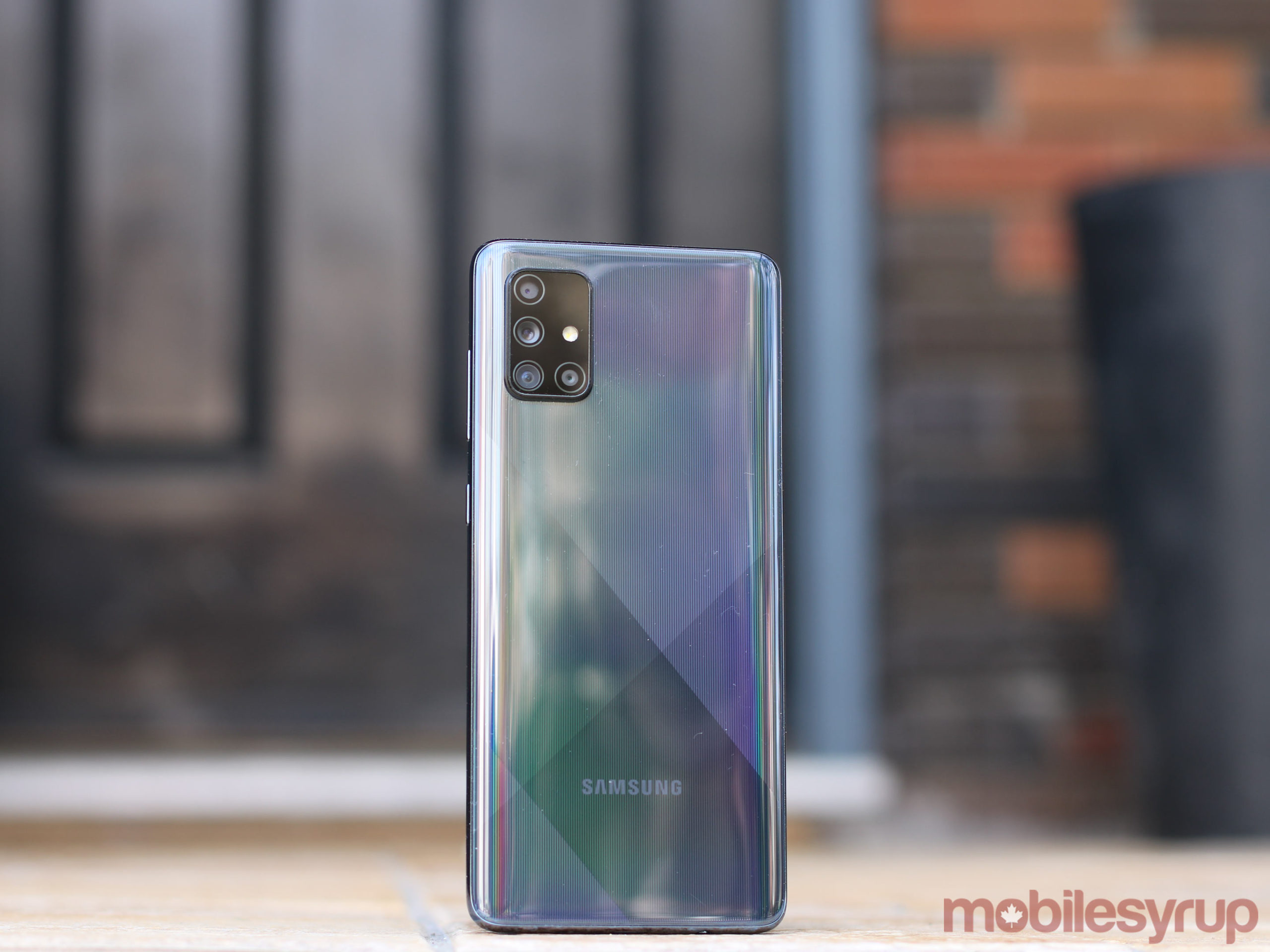
Flipping the phone to the back, it features a rectangular camera setup that’s similar to the Galaxy S20’s, though the flash is in a slightly different place. The rear of the phone also features the Samsung logo at the bottom and sports a ‘Prism Crush Black’ colour scheme with a design that looks like a prism and has a rainbow effect when in the light.
The bottom features a single not-so-loud speaker and alongside the USB-C charging port, there’s a 3.5mm headphone jack. The right side features the device’s power button and volume keys.
While Samsung might have ditched the Galaxy S10e, the A71 seems to fill that void in some ways, especially when it comes to design.
I found that the screen was probably the most average thing about the Galaxy A71. The handset features a 6.7-inch display with a 1080 x 2400-pixel resolution and a 20:9 aspect ratio.
The A71’s display offered deep blacks and bright whites, with both videos and images looking great. Comparing its screen to other mid-range smartphones, it’s probably among one of the best due to its vibrance, clarity and detail.
It’s not the best display on-the-market, but it gets the job done.
The upper mid-range experience
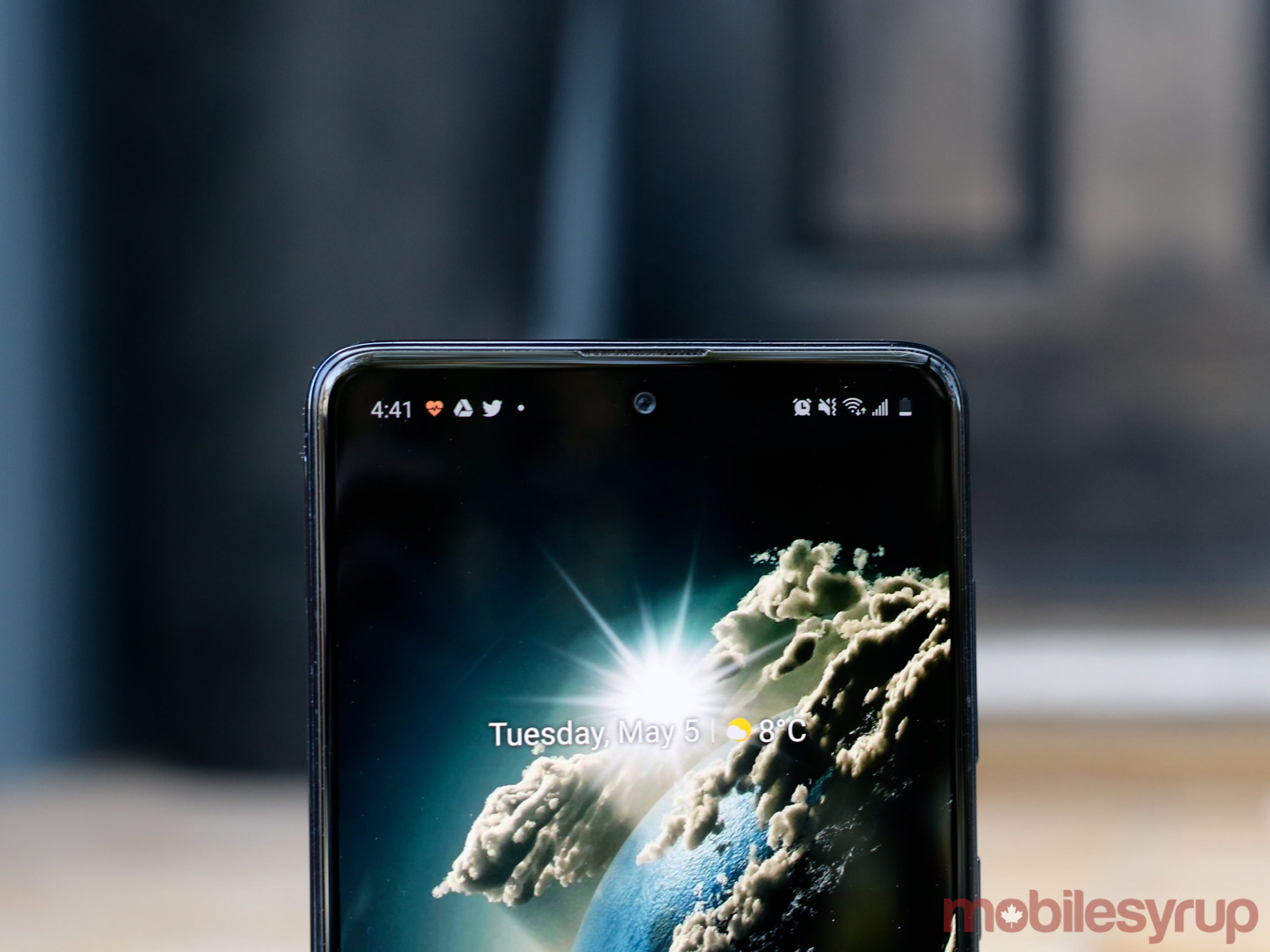
The Galaxy A71 features Qualcomm’s Snapdragon 730 upper mid-range processor. I found that the phone was snappy and able to handle any task I put it through. These tasks included scrolling through Instagram, writing notes in Keep, watching videos on YouTube, Netflix and Crunchyroll, listening to music and mobile games like Sky: Children of Light. It handled the game well with no lag, but it did start to get quite warm after roughly 10 minutes.
Paired with the processor is 6GB of RAM, the A71 could keep open a bit more than 10 apps at once.
Alongside the processor and RAM, the Galaxy A71 sports One UI 2.0, and as with other Samsung smartphones, I loved everything about it. The phone offers ‘Edge Lighting’ that lights around the camera setup due to the lack of curves, as well as an ‘Edge Panel’ that allows users to keep apps easily accessible without having to clutter their home screen.
Furthermore, the phone features Android 10 gestures and a user interface that, while isn’t stock Android, delivers an easy to use experience.
Four mid-range cameras

Now let’s get to the nitty-gritty. The Galaxy A71’s quad-camera setup features a 64-megapixel primary shooter with an f/1.8 aperture, a 12-megapixel shooter with an f/2.2 aperture, a 5-megapixel macro camera with an f/2.4 aperture and lastly a 5-megapixel depth shooter with an f/2.2 aperture.
These pictures offer a wide dynamic range of colours and for the most part, the sky isn’t over-exposed and high-contrast objects like graffiti and roses are vibrant. Though the A71 sports artificial intelligence that aims to improve images, I found that it sometimes resulted in oversaturated pictures.
On occasion, the A71 overexposes pictures, but for the most part, its colours and lighting are accurate. In daylight, whether it was the 64-megapixel shooter or the 12-megapixel camera, images feature significant detail and sharpness, but this changes at night.
During the night and under low-light, the primary camera offered bright pictures that are only a tad noisy. The wide-angle camera, on the other hand, snapped darker images. If you purchase the Galaxy A71, you’re likely going to want to use the primary shooter when taking pictures.
The macro camera was a bit sharp and lacked detail, but the zoom it offers is useful. On the other hand, portrait pictures feature a great sense of depth and detail.
Selfie pictures were also solid and didn’t overexpose my black skin. This is a welcome change since I often find that most smartphones from Asia-based manufacturers aren’t typically good at taking selfie pictures of people of colour.
The Galaxy A71’s camera quality was impressive when pitted against many other mid-range smartphones and is even somewhat comparable to the Pixel 3a. Although I have a preference for the Pixel 3a’s camera capabilities.
It’s also worth noting that as expected, the S20 series offers a better camera system compared to the A71. The S20 series features better dynamic range, a more pronounced sense of depth and selfies that have a more accurate sense of colour. The S20 also sports a telephoto shooter, allowing it to take pictures from a distance. All in all, the A71’s camera setup is formidable, but it’s not at the same level as the S20 series.
S20+ battery in a mid-range phone
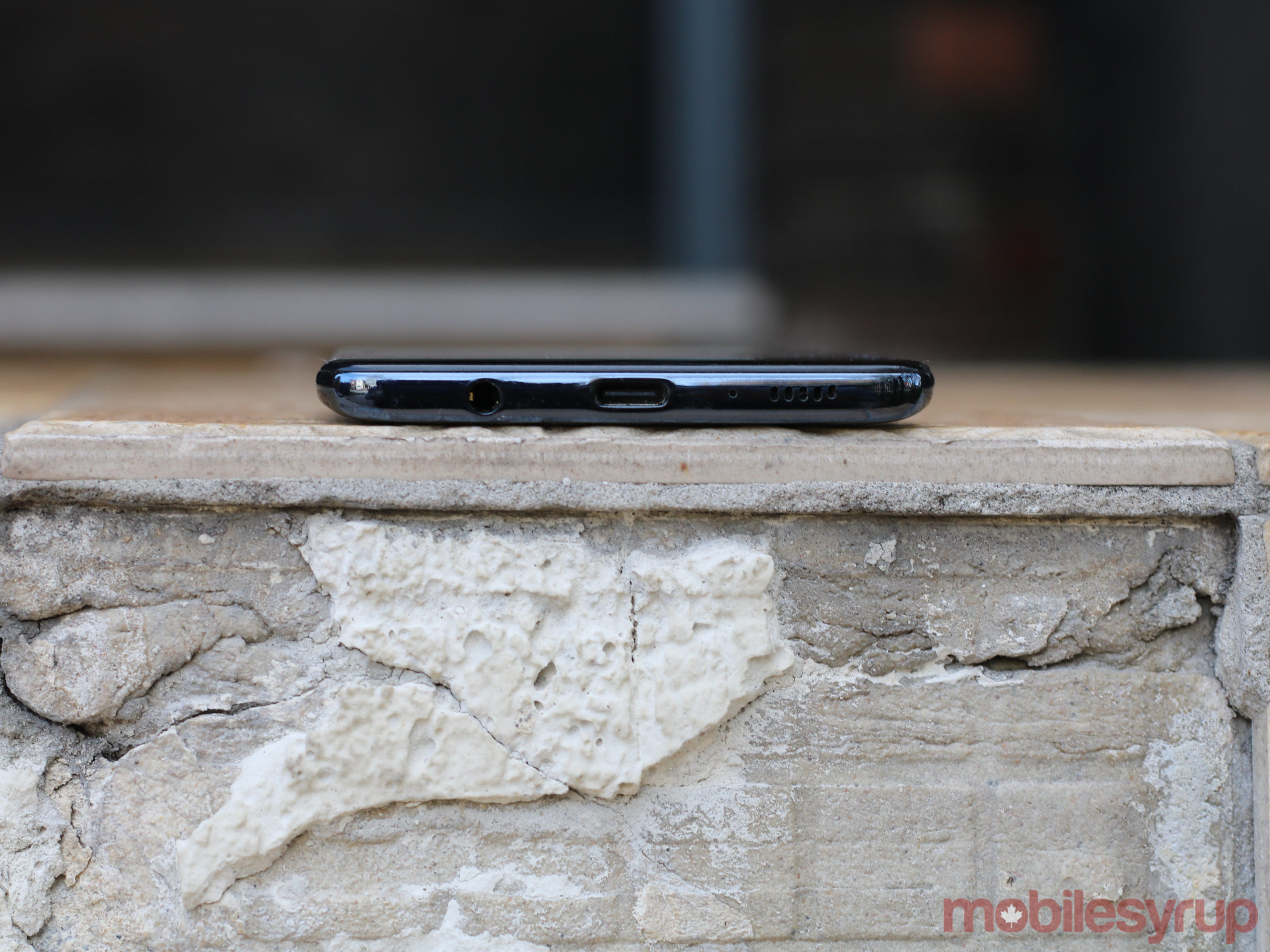
The Galaxy A71’s 4,500mAh battery is also surprisingly premium tier and can easily survive up to two days on a single charge. As long as you’re not streaming music all day, the battery is solid.
With medium usage, which I’d say includes listening to music, watching YouTube videos, taking notes, and gaming, the A71 still can manage more than a day to about a day and a half.
Further, the Galaxy A71 includes 25W fast charging, which allows the phone to charge quite rapidly. In my experience, I can fully charge the device in less than an hour and a half.
With that in mind, I still wish Samsung added wireless charging to the handset.
The mid-range to beat
The Galaxy A71 was a solid smartphone that offers a top-tier performance, especially considering it’s a mid-range handset. While my current favourite smartphone on the market is the S20+, the A71 delivered an experience that Is strikingly similar for a fraction of the cost.
Though it lacks a curved screen, its design is still great, it sports a 3.5mm headphone jack, it can survive for a long time and in general, I experienced no issues with the device.
While the A71 is an upper mid-range smartphone that costs $599.99 CAD -- a price tag that might be too hefty for some -- it’s still far more affordable than a lot of other devices available in Canada. For example, the $549 Pixel 3a offers better camera performance, but that’s pretty much the only advantage it has in comparison to Samsung’s A71.
The A71 is great package and anyone looking for a mid-range should consider it.
"The A71 is great package and anyone looking for a mid-range should consider it"
MobileSyrup may earn a commission from purchases made via our links, which helps fund the journalism we provide free on our website. These links do not influence our editorial content. Support us here.



